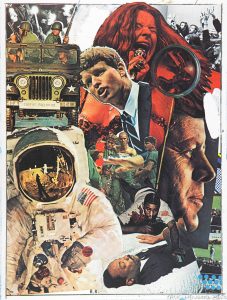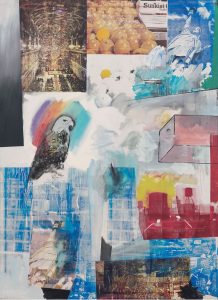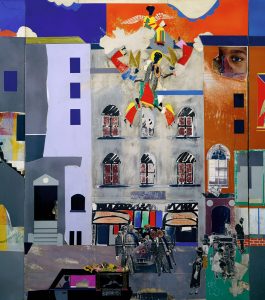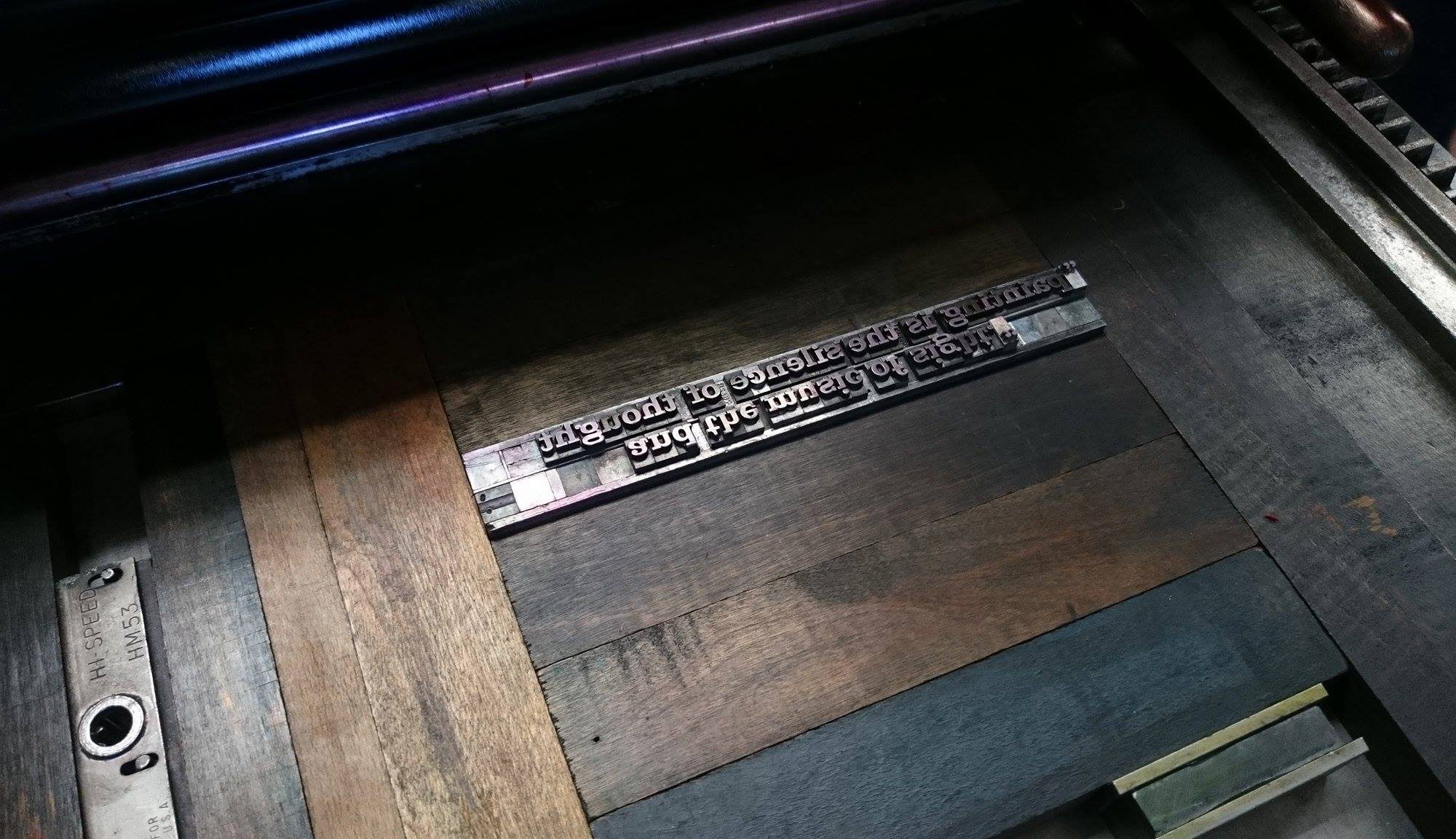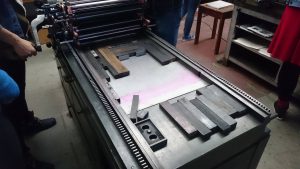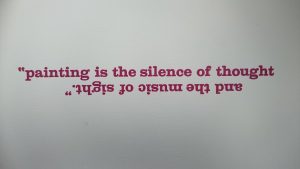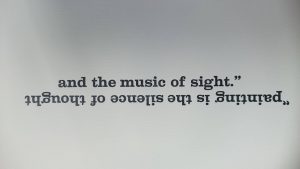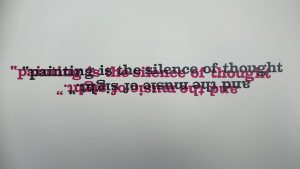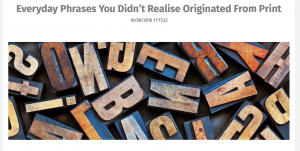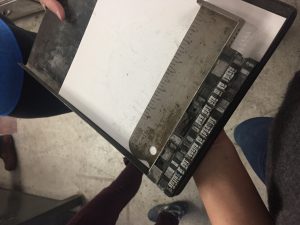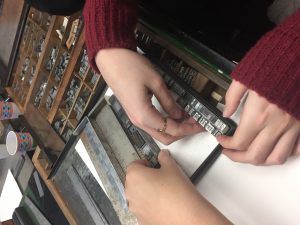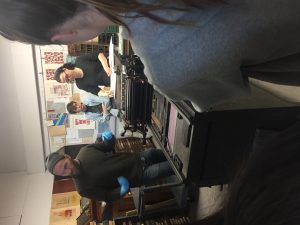After looking at the Richard Hamilton image in class today, I wanted to look at more collages from the Pop Art movement. It was so interesting to learn that the term “Pop” originated from this image in regards to the Tootsie Pop. I found some collages from artist Robert Rauschenberg that I though also embodied this style of collage using elements from Pop Culture.
The image above is Rauschenberg titled “Signs”, 1970. The image conveys a sense of chaos as a multitude of different pop culture elements are assembled together. The image covers everything: peace, war, violence, science, and artistic expression. Seeing the combined chaos of all these historical elements elicits a powerful effect on the viewer.
The second Rauschenberg image (above) is titled “Windward” 1963. This one appears more abstract than the first, with softer edges and more muted colors. I find the addition of brush strokes as an element of the collage a unique part of this assemblage. There is also repetition and distortion in this image. The image of the statue of liberty is in both corners, with the bottom left image being somewhat darkened out and less hopeful. The Sunkist oranges at the top of the collage are also repeated just below, except the image has been whited out except for one vibrant orange. It’s been fun to look at other early images of Pop Art, and think about the intention of the artist in their compilations and critiques of culture.


